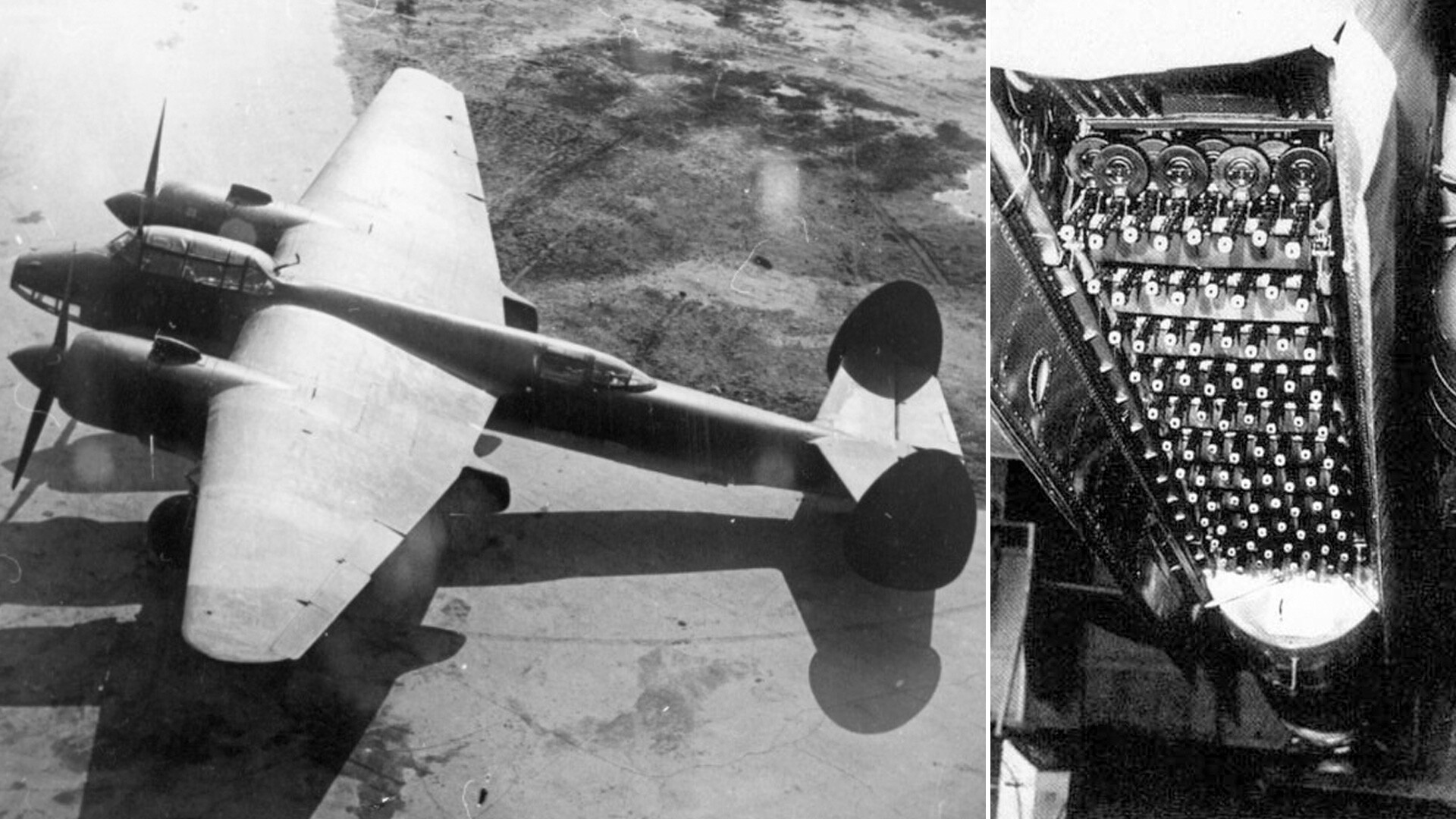
The pilot opens the bomb bay of his plane, where dozens of PPSh-41 submachine guns are arranged in neat rows, and pulls the trigger. Dense, synchronized fire from a mass of barrels begins to sweep away all living things on the ground…
This is how the ‘Fire Hedgehog’ system was supposed to work, according to Soviet designers. But, in the end, not everything went so smoothly.
The system was invented in the Tupolev design bureau in 1944. The 7.62-mm submachine gun, which had proven itself in battle, was installed on a specially designed platform in 11 rows of 8 units each.

The platform, in turn, was secured in the bomb bay of the bomber, a single, experimental Tu-2Sh. For reloading, it was lowered on cables.
The ‘Fire Hedgehog’ was designed to destroy enemy infantry. Tests conducted in 1946 demonstrated the high efficiency of the dense fire of the PPSh battery.
However, such fire could only be conducted for a very short time, after which the aircraft had to return to the airfield to reload. Besides, the platform weighed quite a lot - 600 kg.
In the end, the disadvantages outweighed the advantages. Neither the ‘Fire Hedgehog’ nor the Tu-2Sh bomber went into serial production.
If using any of Russia Beyond's content, partly or in full, always provide an active hyperlink to the original material.
Subscribe
to our newsletter!
Get the week's best stories straight to your inbox